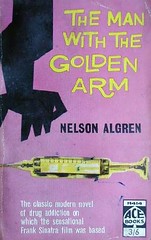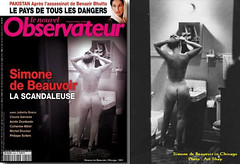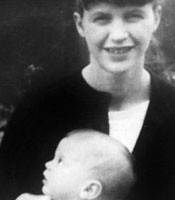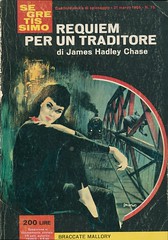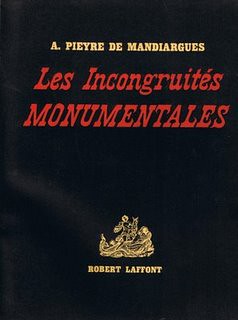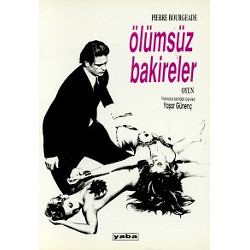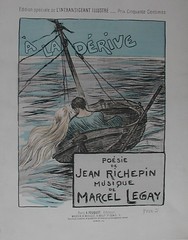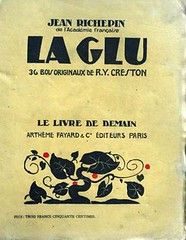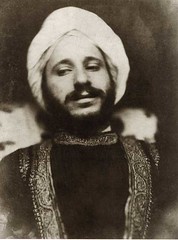Nelson Algren @100
The Man with the Golden Arm (1949) by Nelson Algren
The classic modern novel about drug addiction.
Nelson Algren (1909 – 1981) was an American writer best-known for The Man with the Golden Arm (see drugs in literature and heroin in literature).
Allow me to digress.
Algren had a torrid affair with Simone de Beauvoir and they travelled to Latin America together in 1949. In her novel The Mandarins (1957), she wrote of Algren (who is “Lewis Brogan” in the book):
“At first I found it amusing meeting in the flesh that classic American species: self-made leftist writer. Now, I began taking an interest in Brogan. Through his stories, you got the feeling that he claimed no rights to life and that nevertheless he had always had a passionate desire to live. I liked that mixture of modesty and eagerness.”
On January 3, 2008, French magazine Le Nouvel Observateur publishes a nude photo of Simone de Beauvoir by Art Shay with the title “Simone de Beauvoir la scandaleuse“.
Simone de Beauvoir photo by Art Shay
End of digression.

